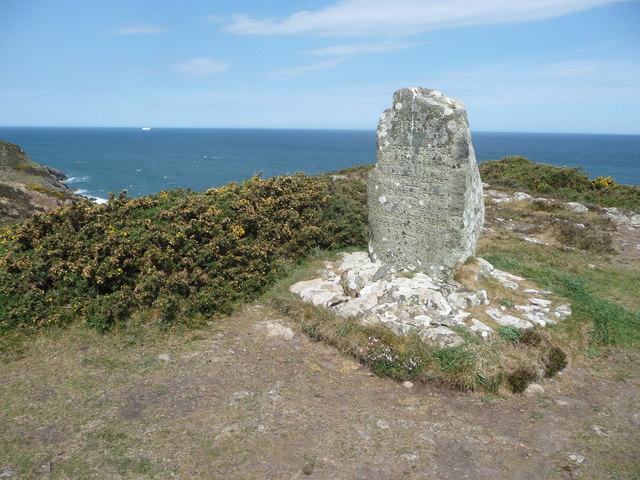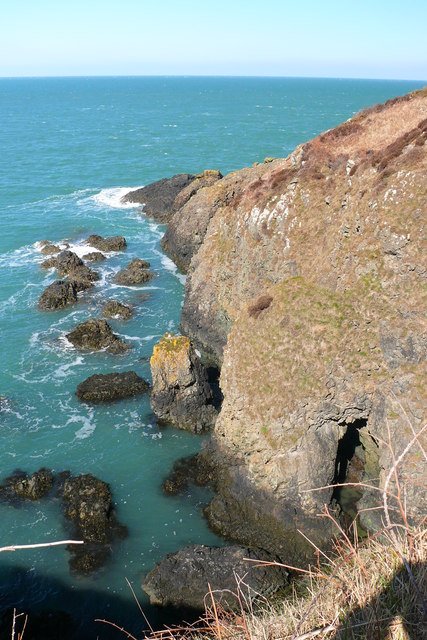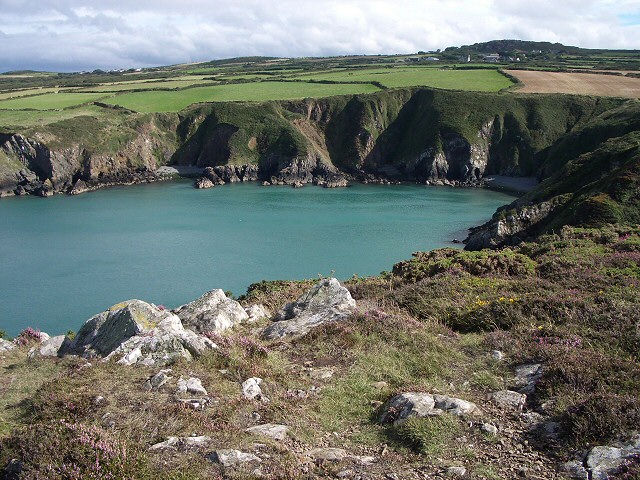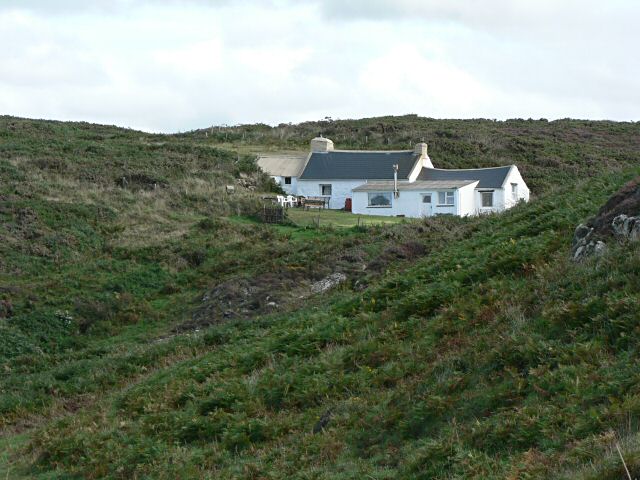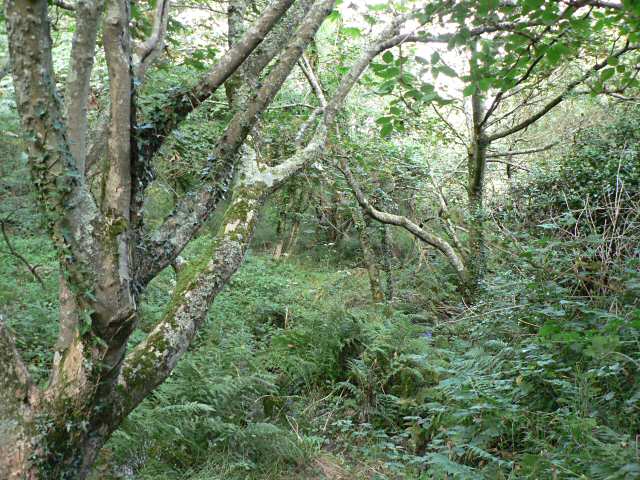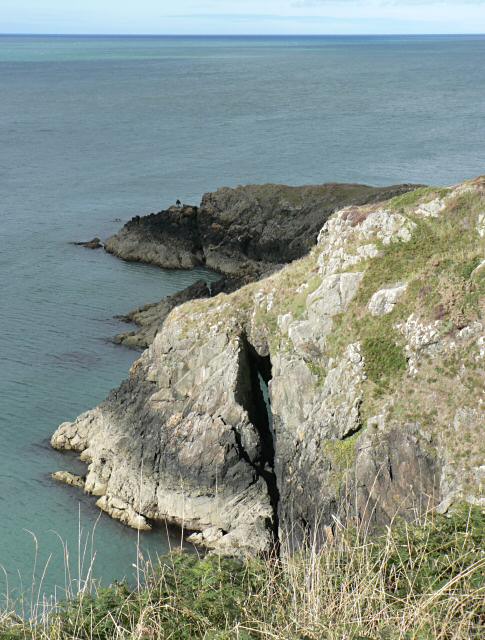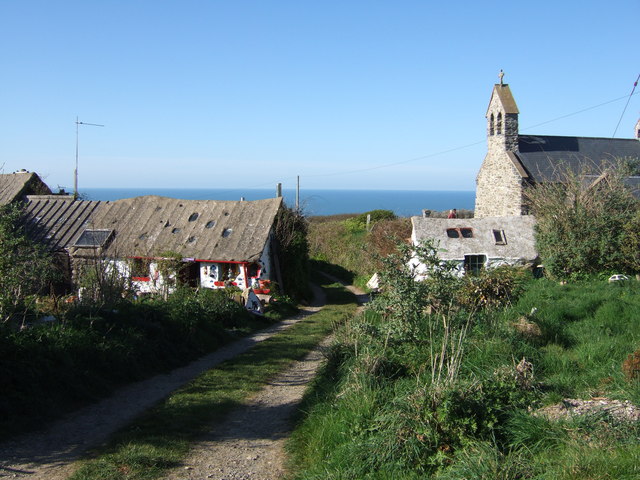Castell
Settlement in Pembrokeshire
Wales
Castell
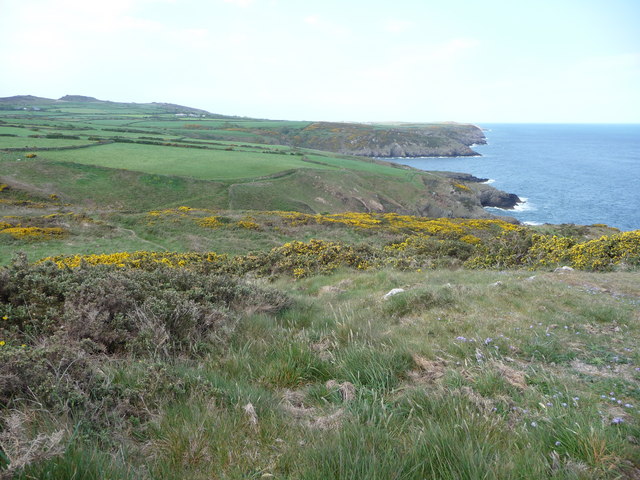
Castell is a small village located in the county of Pembrokeshire, Wales. Situated on the western coast of the country, it is nestled between the towns of Fishguard and Newport. The village is known for its picturesque beauty and proximity to the stunning Pembrokeshire Coast National Park.
Castell is characterized by its charming, traditional Welsh cottages that dot the landscape, creating a quaint and peaceful atmosphere. The village is surrounded by rolling green hills and offers breathtaking views of the nearby coastline. Its idyllic location has made it a popular destination for nature lovers and outdoor enthusiasts.
One of the main attractions in Castell is the historic Castell Henllys Iron Age Fort. This reconstructed hillfort provides visitors with a unique opportunity to step back in time and experience life as it was thousands of years ago. The fort features several replica Iron Age roundhouses and offers guided tours, educational activities, and interactive displays.
In addition to its rich history, Castell boasts a variety of outdoor activities. The village is a gateway to the Pembrokeshire Coast Path, a renowned long-distance trail that spans 186 miles along the coast. This makes Castell an ideal base for hikers and walkers looking to explore the breathtaking landscapes and rugged cliffs of the national park.
Overall, Castell, Pembrokeshire, offers a charming, tranquil escape with its stunning natural surroundings, historic sites, and access to the beautiful Pembrokeshire Coast National Park.
If you have any feedback on the listing, please let us know in the comments section below.
Castell Images
Images are sourced within 2km of 52.010351/-5.0322004 or Grid Reference SM9239. Thanks to Geograph Open Source API. All images are credited.

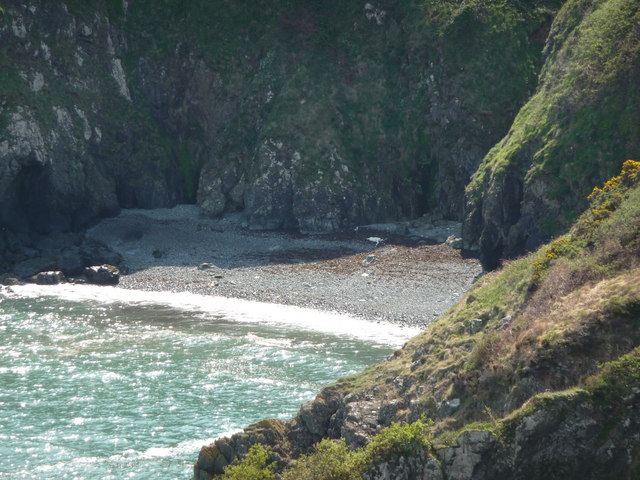
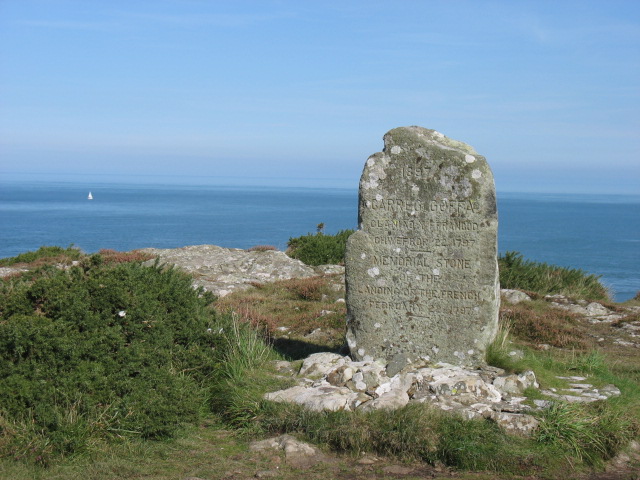
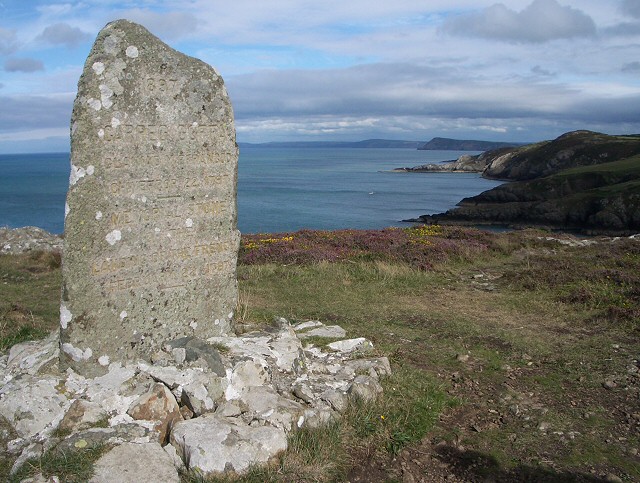



Castell is located at Grid Ref: SM9239 (Lat: 52.010351, Lng: -5.0322004)
Unitary Authority: Pembrokeshire
Police Authority: Dyfed Powys
Also known as: Y Castell
What 3 Words
///wired.fuse.coast. Near Goodwick, Pembrokeshire
Nearby Locations
Related Wikis
Llanwnda, Pembrokeshire
Llanwnda is a rural village and parish to the north of the Welsh county of Pembrokeshire and part of the community of Pencaer. It lies some two miles northwest...
Pencaer
Pencaer is a community which covers an area of dispersed settlement in Pembrokeshire, Wales, on the peninsula of Pen Caer and comprises the village of...
Fishguard and Goodwick railway station
Fishguard and Goodwick railway station is a railway station sited 1 mile from Fishguard in the neighbouring town of Goodwick, Pembrokeshire, Wales. It...
Strumble Head - Llechdafad Cliffs
Strumble Head - Llechdafad Cliffs is a Site of Special Scientific Interest (SSSI) in Pembrokeshire, South Wales. It has been designated as a SSSI since...
Nearby Amenities
Located within 500m of 52.010351,-5.0322004Have you been to Castell?
Leave your review of Castell below (or comments, questions and feedback).
